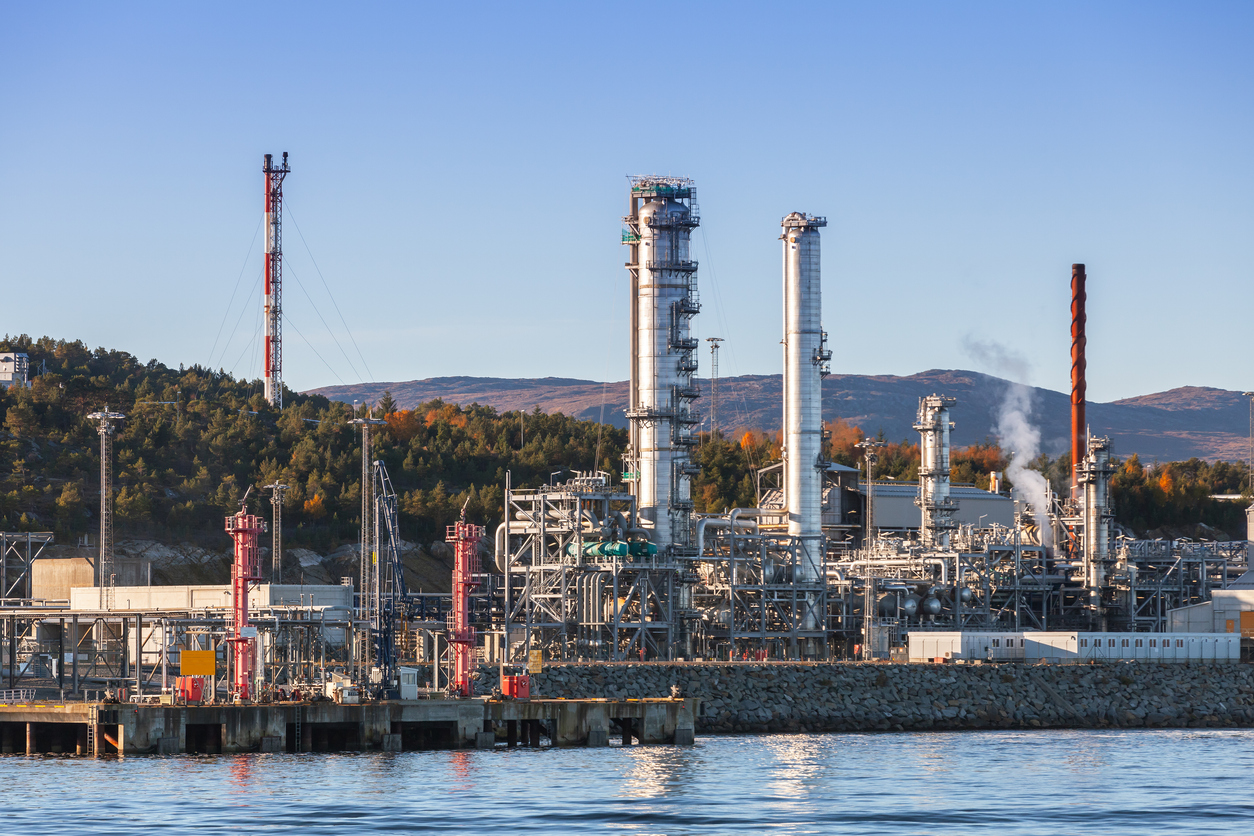
logos investigates: carbon capture and storage in the Nordic countries
Continuing our analysis of the carbon capture and storage (CCS) policies in various Member States of the European Union, we now direct our research to the Nordic countries, particularly to Denmark, Finland, and Sweden’s National Energy and Climate Plans (NECPs). In this article, we focus on the processes that the three Member States have adopted to incorporate CCS, looking at the key issues, drivers, barriers, and strategies to boost the implementation of capture and storage to attain climate targets.
We will discuss Europe’s energy future with top industry and policy names at the EnerGreenDeal Conference on 12 December 2024 in the Egmont Palace, Brussels. The entire programme will soon be announced on the event’s page.
Denmark’s proactive investment and infrastructure development
According to its national development plan, Denmark stands out for its commitment to CCS, supporting the development and deployment of this technology in various ways. The Nordic country has set ambitious targets under its Climate Law, aiming for a 70 per cent reduction in emissions by 2030. But Denmark’s government has also launched several initiatives, including a green research strategy and significant financial allocations (DKK 35 billion) for CCS projects like Greensand and Bifrost, expected to facilitate considerable CO2 storage capacity by the late 2020s. The integration of CCS within a broader framework of green technologies indicates a holistic approach to emission reductions.
The Danish commitment to build a comprehensive CO2 storage and transport infrastructure, making them the region’s CCS landscape leaders, is shown in the country’s involvement in different Important Projects of Common European Interest (IPCEI) and collaboration through the Nordic Council of Ministers.
Finland’s focus on research and biogenic solutions
In contrast, Finland’s approach to CCS is more cautious and research-oriented. The country currently lacks suitable geological storage sites and has no active CCS projects, with efforts primarily focused on transitioning primary industrial sources, like the Raahe steel plant, towards greener alternatives. While Finland is investigating the use of captured CO2 for synthetic fuels and is committed to achieving carbon neutrality by 2035, the emphasis is on carbon capture and utilisation (CCU) rather than storage.
Finland’s significant investment in forestry and BECCS (Bioenergy with carbon capture and storage) strategies underlines the country’s particular importance to natural carbon sinks, as seen in the National Forest Strategy 2035. However, economic barriers remain challenging for implementing CCS technologies, suggesting further investment and development are needed before significant progress can be achieved.
Sweden’s bio-CCS Potential and Regulatory Framework
Sweden presents a balanced approach, recognising both CCS and bio-CCS as essential for meeting its climate targets. The country has integrated EU Regulations into its national legislation and launched a dedicated strategy for CCS/bio-CCS in 2023. Sweden’s extensive bioeconomy positions it to leverage bio-CCS effectively, with potential estimates indicating the capacity to capture 10 to 30 million tonnes of CO2 annually from various industrial sources.
Despite the optimism surrounding future technological developments, Sweden also needs help establishing national storage capacity by 2030. The government’s innovative financing mechanisms, such as reverse auctions, aim to incentivise operators to adopt CCS technologies, demonstrating a proactive approach to market maturation.
While Denmark leads in proactive infrastructure development and significant financial commitment to CCS, Finland emphasises research and biogenic strategies with a cautious approach, and Sweden seeks to balance the two by leveraging its economy and regulatory frameworks. As all three countries aim for carbon neutrality, their strategies highlight the diverse pathways for integrating CCS into national climate policies. This comparative analysis illustrates the distinct approaches taken by Denmark, Finland, and Sweden and underscores the collaborative opportunities within the Nordic region to share best practices and advance CCS technologies.
In our next insight, we will closely examine France’s perspective on the role of carbon capture and storage in achieving net-zero emissions. Digging into the French NECP, we will also analyse the need for investment, innovation, and international collaboration in the battle against climate change.